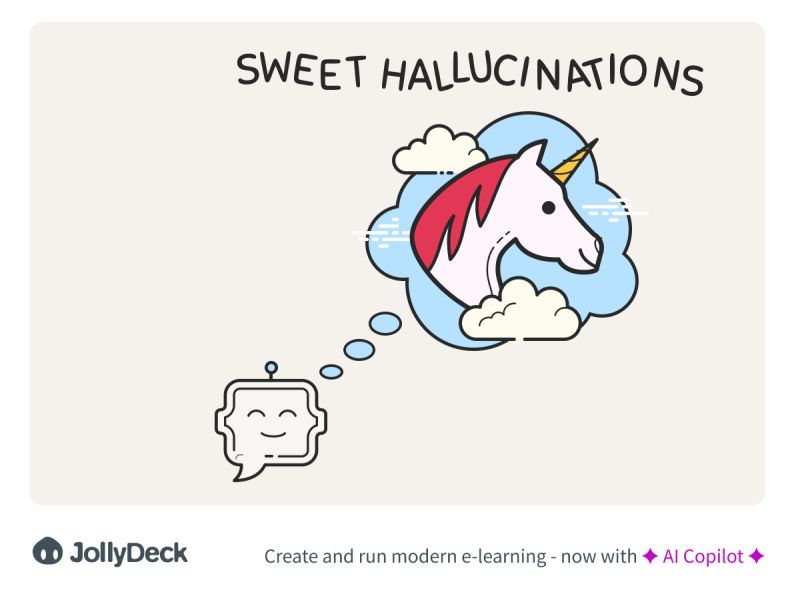AI hallucinations aren’t the end

Out of arguments against AI? Just bring up hallucinations. 🦄
Seriously! The hallucinations are a well-known fact and the word sounds malicious enough.
But are hallucinations really such a big deal?
First, we need to understand what causes the errors in the AI responses (popularly called hallucinations):
1. AI language models possess a huge amount of knowledge. Often, the pieces of information in its library are conflicting, and AI has hard times picking the right angle. Can you really blame it for that? Humans deal with similar doubts very often too.
2. On some occasions, the machine learning process resulted in establishing wrong correlations between pieces of information. This means that AI learned things “the wrong way”. Again, this is something that happens to humans.
3. The last reason for hallucinations lies in statistics. Every new word AI adds to its response is based on the previous words in the response. There is a certain statistical probability that the word will be wrong. The longer the response, the higher the probability that the next word will be wrong. And once a word in the sentence is wrong, the probability for the next one to be wrong too, increases.
Once we understand the reasons for the so-called hallucinations, it’s clear that the AI responses will never be 100% reliable.
But can we completely trust other resources found online?
Can we completely trust other humans?
The difference is that in the past we learned how to manage the uncertainty of working with other humans, the uncertainty of information available through social media, the uncertainty of finding facts on the internet…
We just need to learn how to mitigate the risk of false information provided by AI. Eventually, we’ll master this skill while the AI will only get better at its tasks.
And very soon the hallucination problem will not really be a problem anymore 🙂